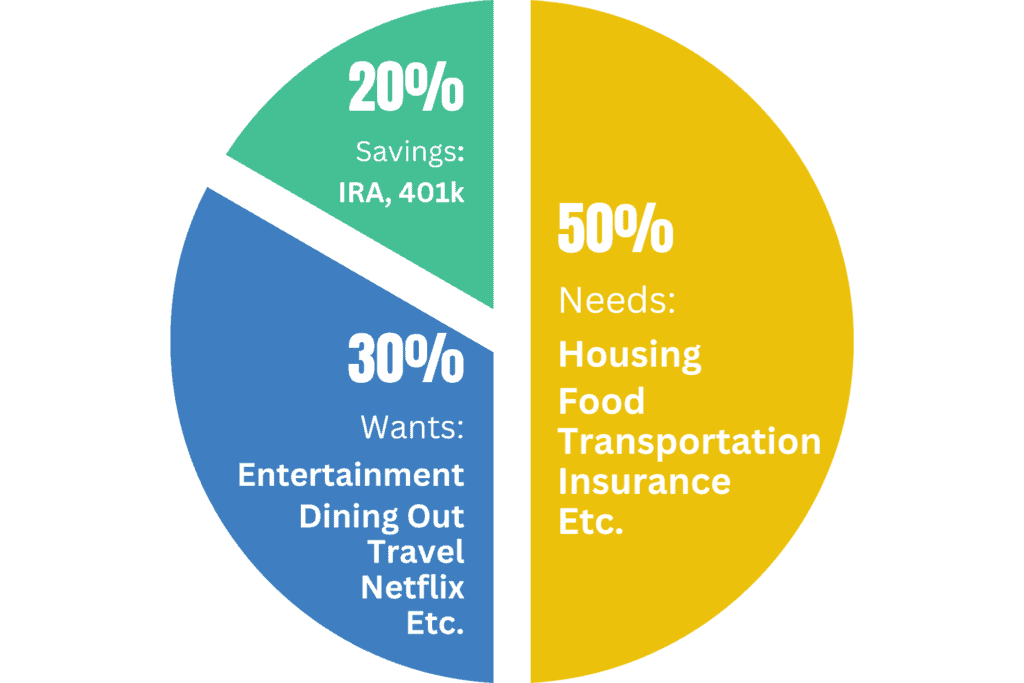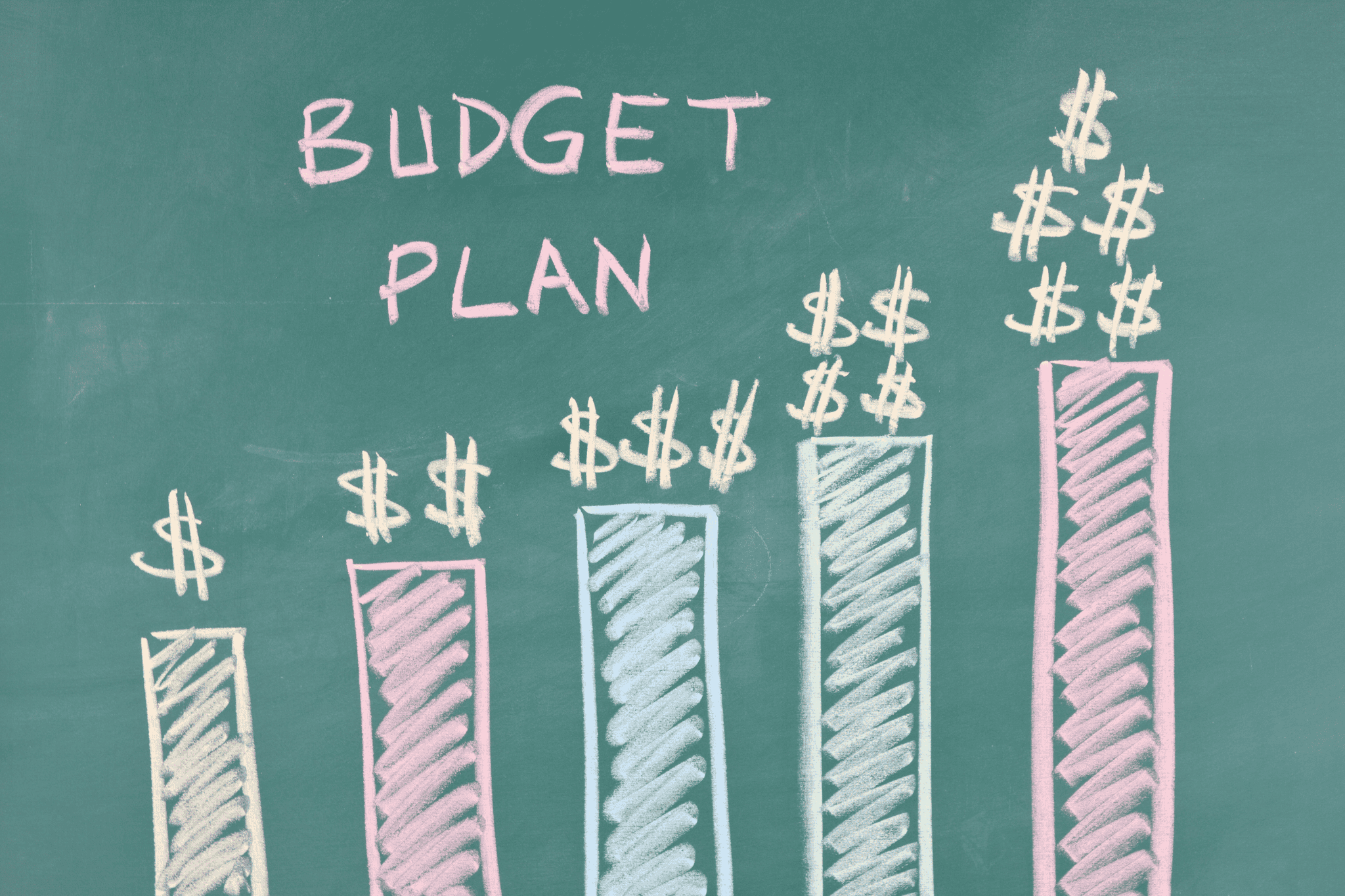Financial Basics: Understanding Budgeting and Saving Money
*We independently review everything we recommend. If you buy or subscribe to any recommended products or services through links on our site, we may earn an affiliate commission. For more info, please see here
Mastering Money

I assume you made your way here because maybe you’re a little like me.
You want to get ahead financially but need to put some specific plans into place or else you get off track easily- and budgeting is often at the back of your mind.
Totally relatable.
Or, maybe, you are already well on your way, but want to brush up on some ideas to keep you moving forward.
Whatever brought you here, I want to discuss some concepts and ideas I’ve discovered on my financial journey.
I’m no financial advisor, but I have lived paycheck to paycheck and know how hard it can be to limit spending when there isn’t much left after the bills.
So, below, we’ll discuss some strategies and fundamentals of budgeting to help you get started.
Whether you’re a newbie in the realm of personal finance or looking to refine your skills, understanding these essential concepts is key to achieving your financial goals.
How Do I Even Start Budgeting?
Whether you like it or not, budgeting is the cornerstone of financial stability.
Keep in mind, it’s not about restricting yourself from spending; rather, it’s more like a roadmap that guides your spending decisions, ensuring your money aligns with your priorities.
Here are some top strategies to master the art of budgeting:
Track Your Expenses
Start by recording all your expenses, big or small.
This could be as simple as jotting down purchases in a notebook or budgeting workbook, such as:
Or maybe you’re more digital savvy and prefer using budgeting apps like Mint.
Either way, knowing where your money goes is the first step towards effective budgeting.
Step One is sitting down with your checking account information from the past couple of months and start tracing back where the money is flowing.
You may be surprised at how much is going out to non-essential purchases.
Create Categories
An easy way to start the tracking is to split into specific categories.
Divide your expenses into items like housing, transportation, groceries, entertainment, etc.
This segmentation provides clarity on where you’re allocating your funds and makes it easier to identify areas where you can cut back if needed.
Set Realistic Goals
Before you can hit a goal, you must first create it.

Be sure to define your financial goals, whether it’s paying off debt, saving for a vacation, or building an emergency fund.
And be specific.
Your intention will be what makes a difference and placing focus on the details can help you achieve the goal faster.
Keep in mind, your budget should reflect these objectives, allocating funds accordingly to prioritize what matters most to you.
So, start by writing down targets you believe you can be realistically hit.
Putting actual pen to paper is crucial for this.
There is something magical that happens between the mind and the hand when you physically write things down.
I believe writing it down solidifies your intent and can only help implement the plan you set.
Embrace the 50/30/20 Rule:
This rule is highly regarded.
It suggests allocating a certain percentage of your income toward various aspects of your budget.
It goes as follows in regards to % of your income:
- 50% to Needs (e.g., rent, utilities, housing, )
- 30% to Wants (e.g., Dining out, Entertainment, Subscriptions)
- 20% to Savings (e.g., Emergency fund, Retirement Accounts, Investments)

Review and Adjust Regularly
It goes without saying, your budget isn’t set in stone.
Life changes, and so should your budget.

Regularly reviewing your expenses, tracking your progress towards goals, and adjusting your budget accordingly to stay on track will be a huge factor in staying on top of things.
My best suggestion is to try spending time once a week reviewing your spending habits (if you have a difficult time doing it daily).
Pick a time (Sunday Night, Monday Morning, etc.) and set an alarm for the first few weeks to get you started in the habit.
A regular review will keep it in the front of your mind when making excess spends.
I find, once you are in a routine, you become in control.
The Power of Saving
Once you’ve mastered budgeting, the next step towards financial freedom is saving money.

Saving isn’t just about setting aside cash; it’s about cultivating a mindset of financial responsibility and preparing for the future.
Here are top strategies to kickstart your savings journey:
Pay Yourself First
Treat your savings like a non-negotiable expense.

Set up automatic transfers from your checking account to your savings account every payday.
This ensures that saving becomes a priority before you have a chance to spend the money elsewhere.
According to the 50/30/20 Rule, you should be allocating 20% to this from every paycheck.
However, when you are first starting, any amount is great.
As long as you are consistent, you can always start at 5% and increase this amount until you are up to the 20% (or more).
Do not feel bad if that is all you can put in for now, just get some bi-weekly amount transferred knowing you are on your way.
Start an Emergency Fund
Life is unpredictable, and having an emergency fund provides a financial safety net when unexpected expenses arise.

They say to aim in saving at least three to six months’ worth of living expenses in a readily accessible account.
This one takes some effort, but once you start saving, aim for the three to six month’s expenses goal.
It can be a saving grace if life throws you a curve ball.
Utilize High-Interest Savings Accounts
Traditional savings accounts may offer minimal interest rates.
Consider opening a high-yield savings account or a certificate of deposit (CD) to earn higher interest on your savings, helping your money work harder for you.
Cut Unnecessary Expenses
This goes back to tracking your budget and expenses.

Conduct regular audits of your expenses to identify areas where you can cut back.
Cancel unused subscriptions, dine out less frequently, or opt for generic brands instead of premium ones.
Redirect the money saved towards your savings goals instead or “snowball” those amounts into paying of debts sooner, as well.
Set Milestone Goals
Break down your savings goals into smaller, achievable milestones.

Whether it’s saving $500 for a mini-vacation or $5,000 for a down payment, celebrating these milestones along the way keeps you motivated and focused on your financial journey.
Set a realistic goal to conquer and once that’s been met immediately set the next one.
You’ll be surprised at how far this can go.
Navigating Your Financial Journey
I’m proud you’ve began to embark on a journey towards financial empowerment by mastering the art of budgeting and saving money.
Remember, financial literacy is an ongoing process, and there’s always room for growth and improvement.
By implementing these top strategies and staying committed to your goals, you’re laying the foundation for a secure financial future.
Best of luck and happy saving!
*The preceding article is based on opinion and is no way financial advice. We are simply providing examples and thoughts based on our own personal experiences.







